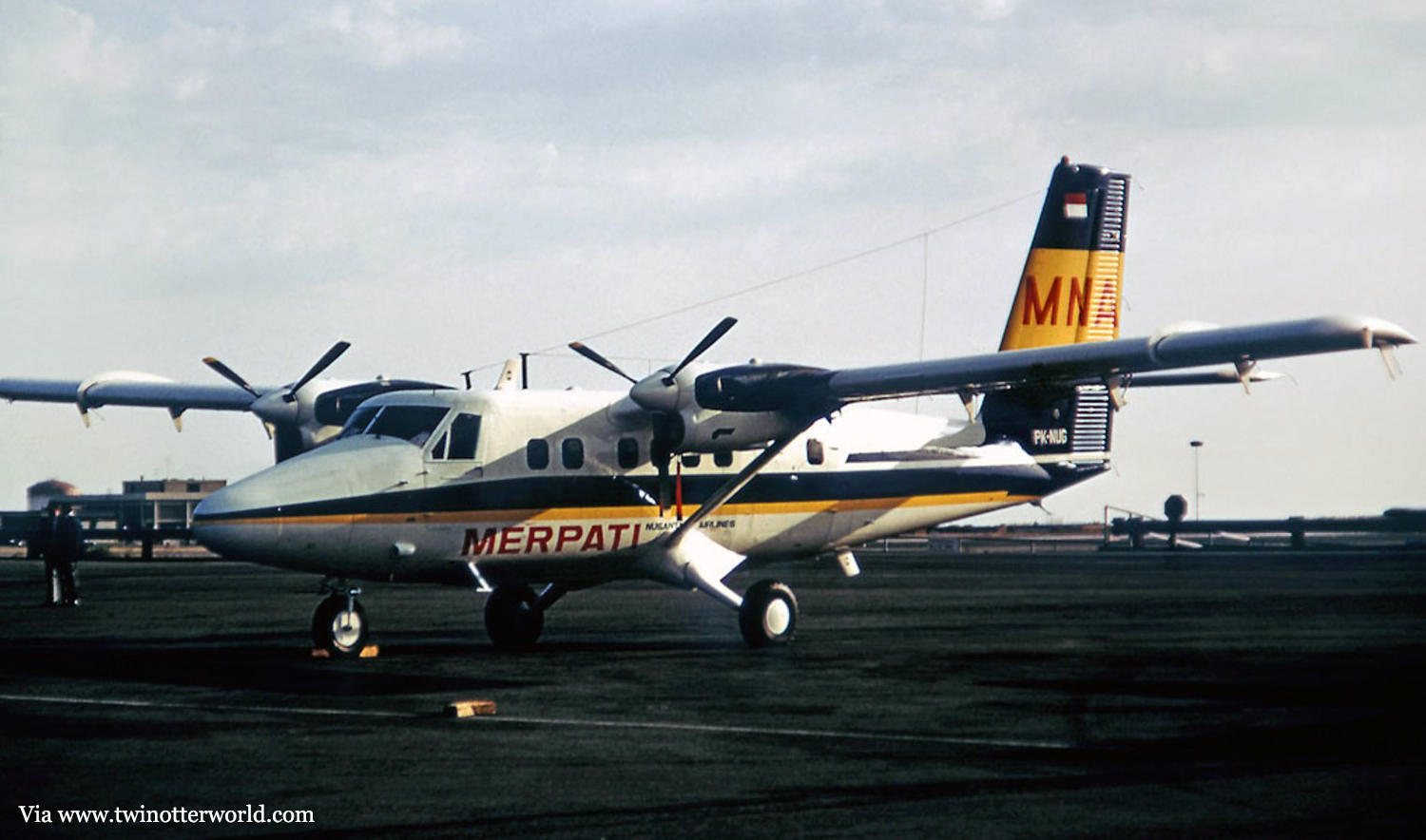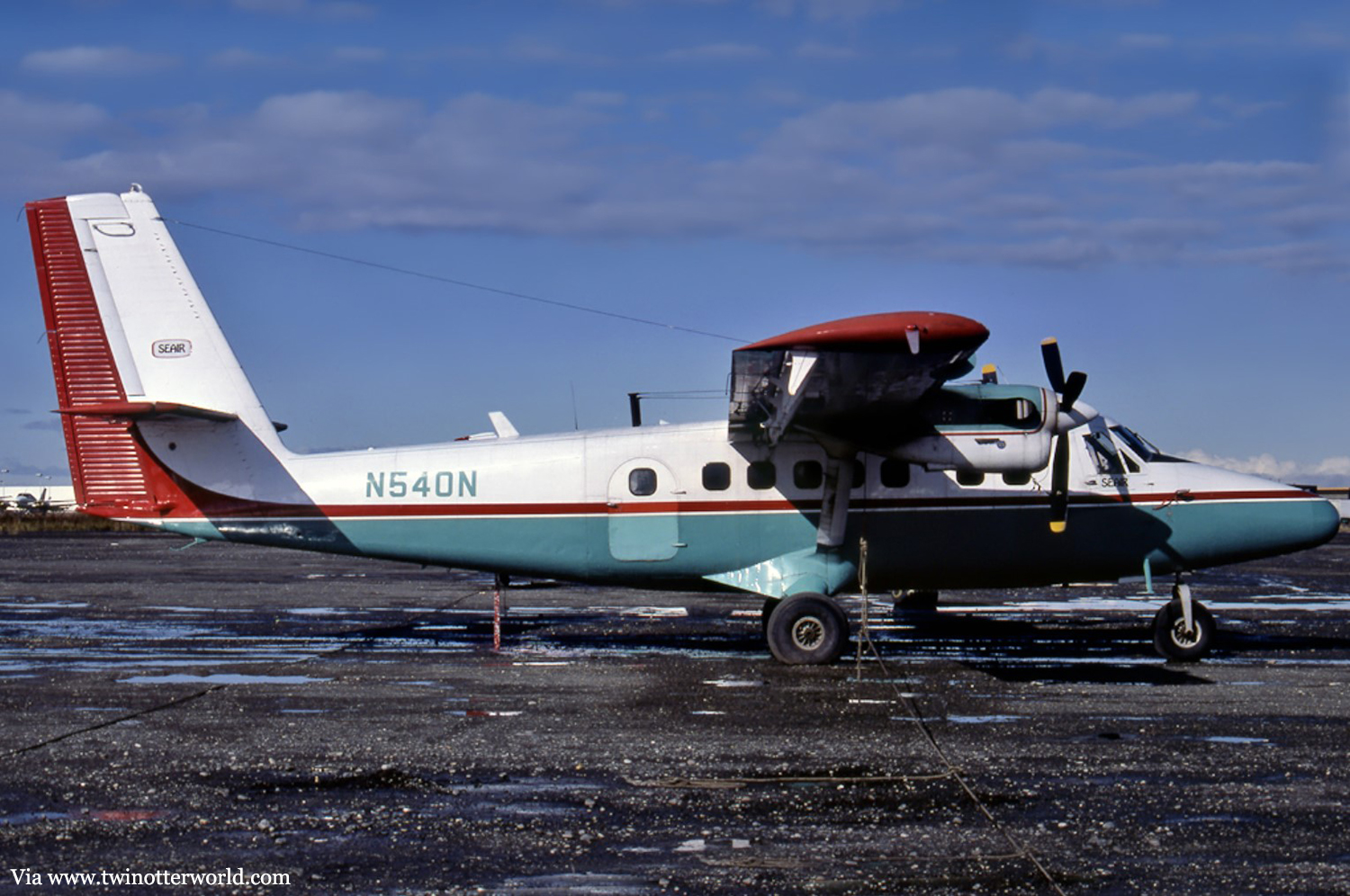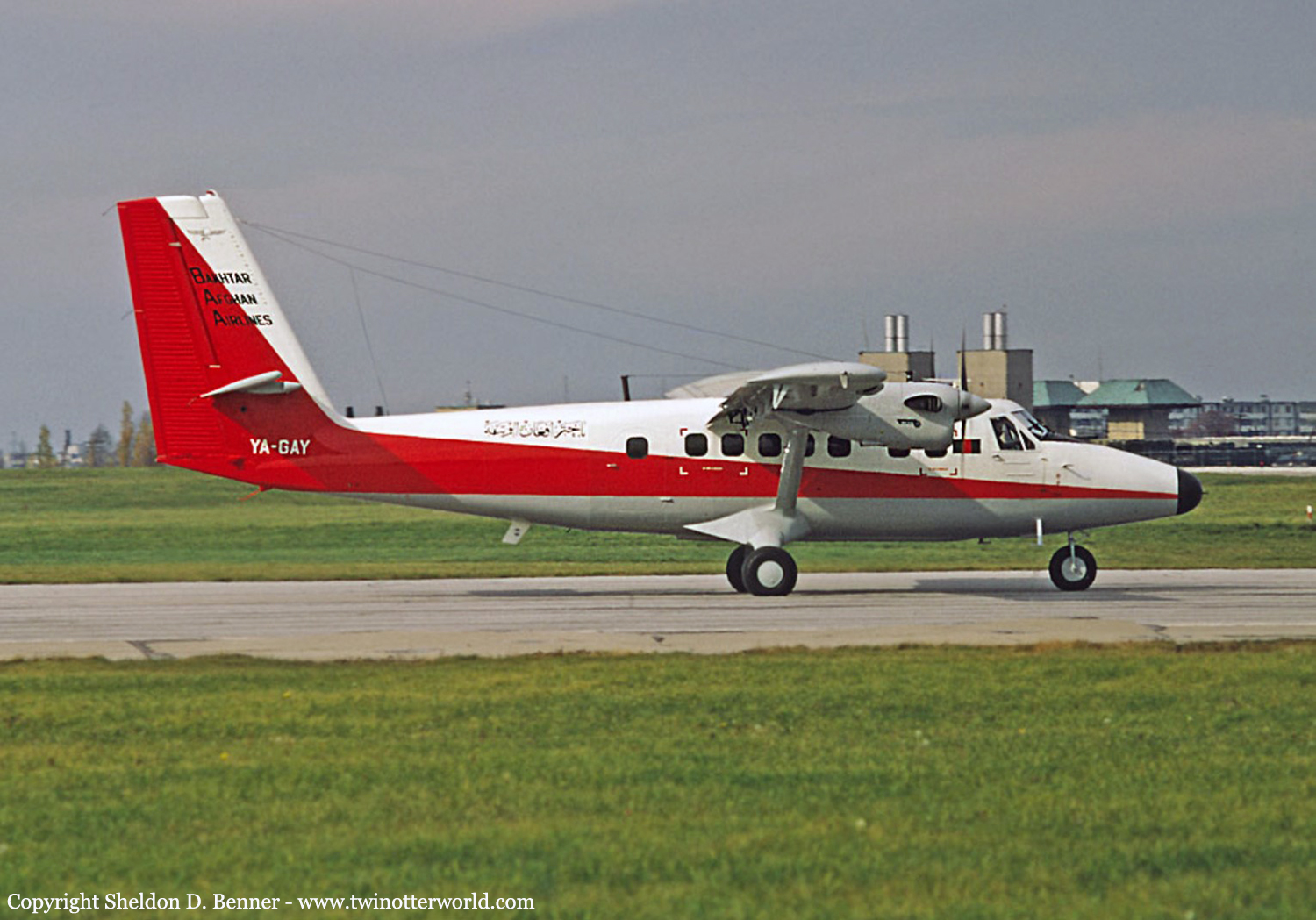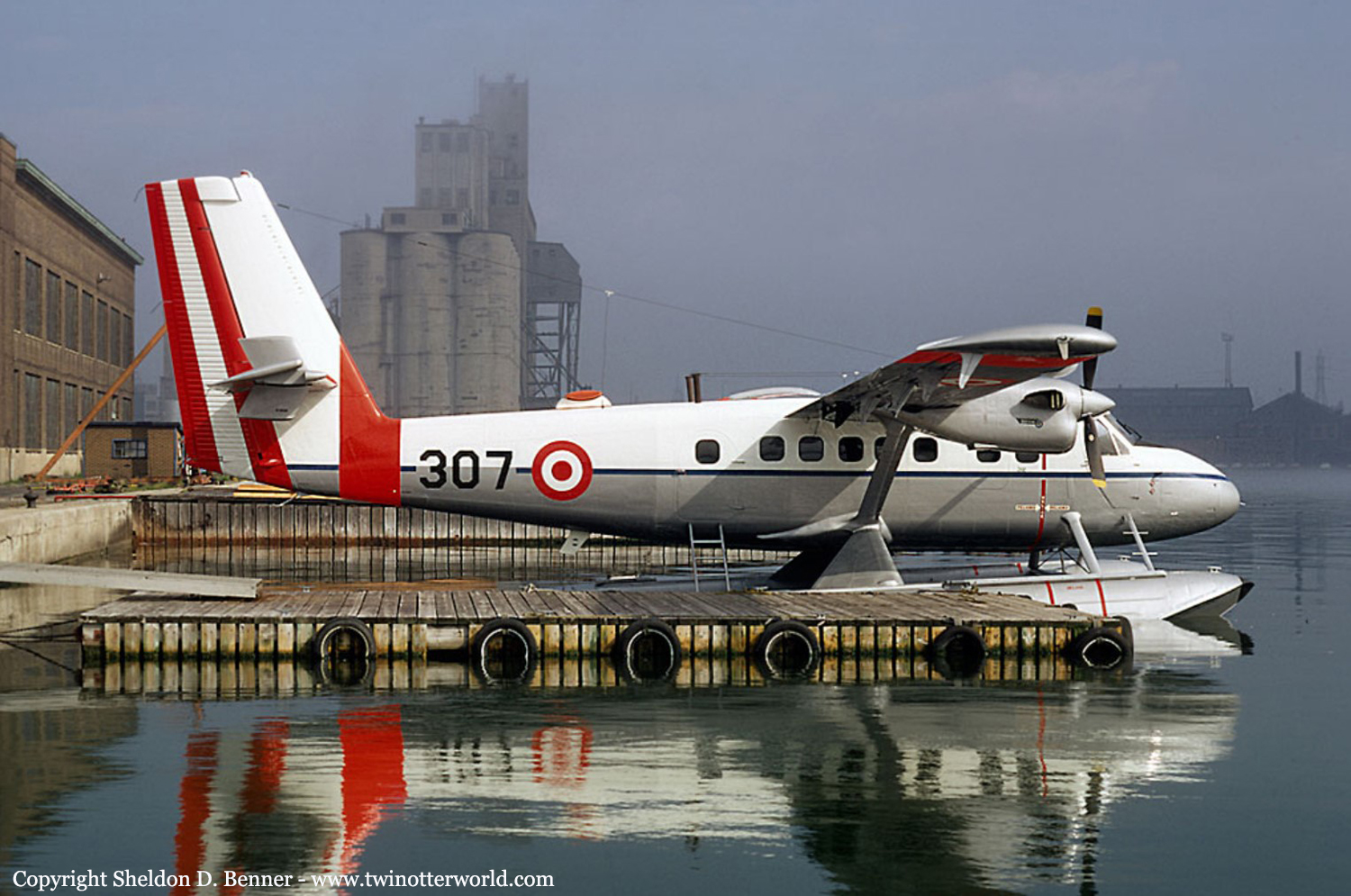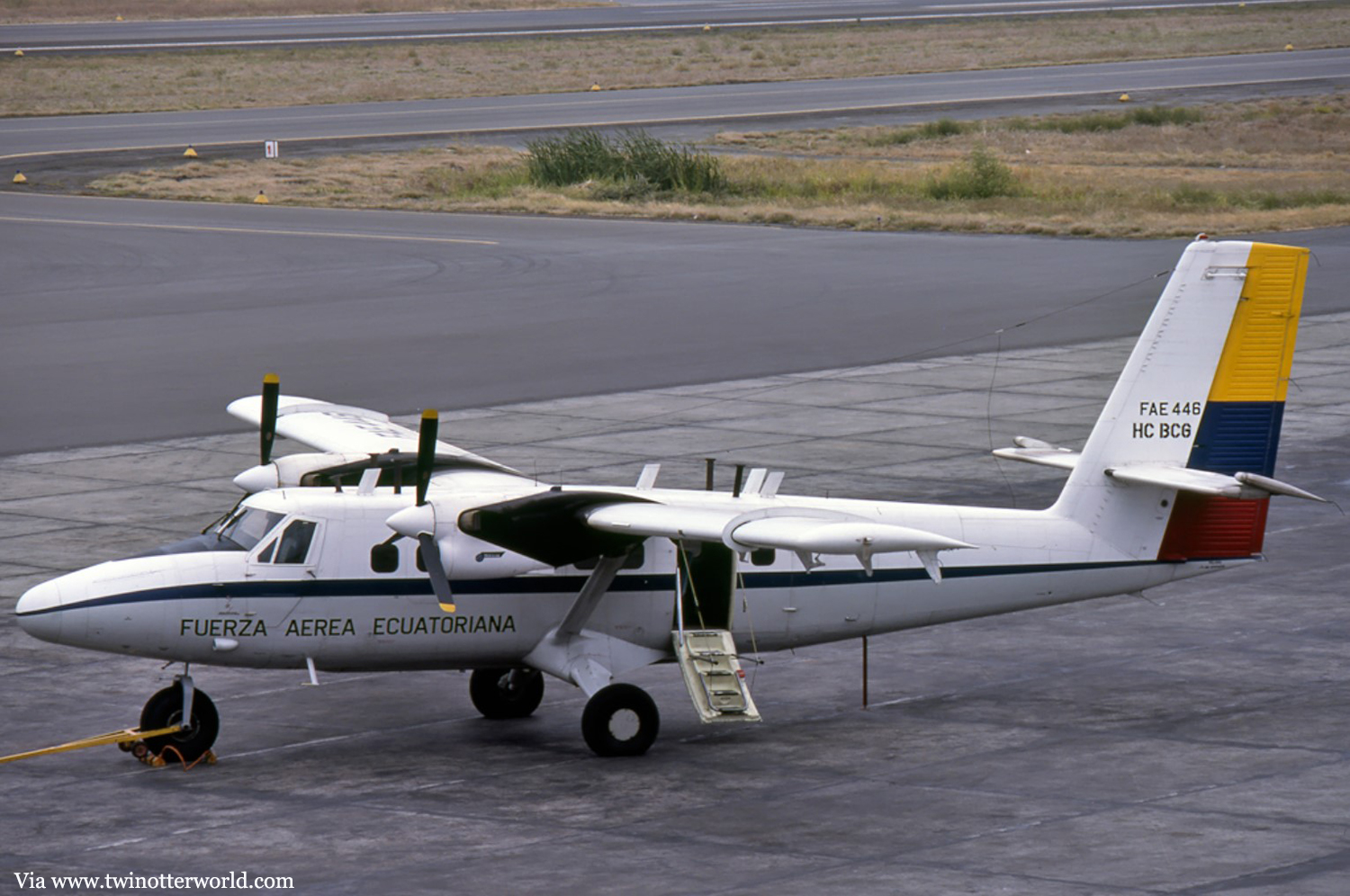Crash of a De Havilland DHC-6 Twin Otter 300 in Mulia: 8 killed
Date & Time:
Aug 12, 1985
Registration:
PK-NUG
Survivors:
Yes
MSN:
346
YOM:
1972
Crew on board:
3
Crew fatalities:
Pax on board:
16
Pax fatalities:
Other fatalities:
Total fatalities:
8
Circumstances:
Crashed shortly after takeoff from Mulia Airport for unknown reasons. Eight occupants were killed while 11 others were injured.
